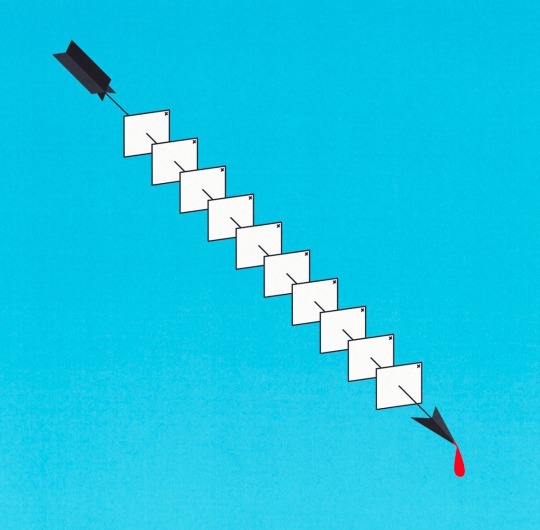#struve
Text
Welterbe (auf)gespürt und (er)fahren – LT, LV, EE und FI – Struve-Bogen
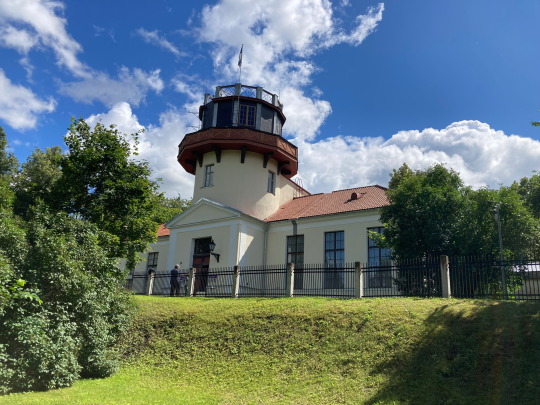
Auf den Spuren der Vermessung der Welt
Bereits auf meiner Tour nach Norwegen habe ich verschiedene Punkte des Struve-Meridianbogens besucht und in Hammerfest am nördlichsten und symbolischen Punkt der Messreihe gestanden (Link). Auch auf meiner jetzigen Tour liegen einige Meridiansteine nahe meiner Strecke und ich werde auch Struves jahrelange Wirkungsstätte, an der das Projekt entstand, das Observatorium Dorpat/ heute Tartu, besuchen. Auf 1500 km nach Norden besuche ich acht Messpunkte im Abstand von 13 Grad.
Der Struve Bogen steht als wissenschaftliches Welterbe seit 2005 auf der UNESCO-Liste. Der geodätische Bogen des Astronomen Friedrich Georg Wilhelm Struve ist eine Kette von Vermessungspunkten, die sich von Hammerfest in Norwegen bis zum Schwarzen Meer durch 10 Länder und über 2.820 km erstreckt. Zwischen 1816 und 1855 wurde unter Struves Leitung diese Vermessung durchgeführt, um die genaue Größe und Form der Erde zu bestimmen. Der ursprüngliche Bogen bestand aus 258 Haupt-Dreiecken mit 265 Messpunkten. Zum Welterbe gehören heute 34 Punkte. Sie sind durch ganz unterschiedliche Markierungen, wie Bohrlöcher im Fels, eiserne Kreuze, Steinhaufen oder auch Obelisken, gekennzeichnet. Struves Projekt war ein wichtiger Meilenstein in der Entwicklung der Geowissenschaften und der topografischen Kartierung. Darüber hinaus ist es ein außergewöhnliches Beispiel für die Zusammenarbeit nicht nur von Wissenschaftlern aus verschiedenen Ländern, sondern auch den jeweiligen Landesherren und Monarchen im Sinne einer gemeinsamen transnationalen wissenschaftlichen Sache.

Am besten beschreibt die Hintergründe und Bedeutung untenstehende Tafel, die ich in Hammerfest stellvertretend abfotografiert habe (an jedem Messpunkt finden sich analoge Beschreibungen). Die Karte enthält die Linie der Vermessungspunkte (Quelle und Dokument mit der genaueren Beschreibung zum Download) und hier sind weitere Fotos auch von den Messpunkten, die ich nicht besucht habe. Eine Tabelle aller Messpunkte findet man in diesem Artikel, dem auch nebenstehende Karte entstammt.
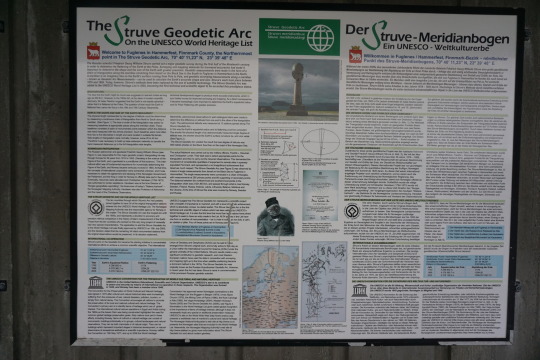
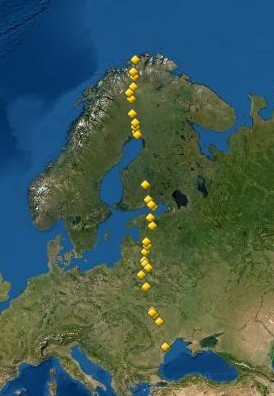
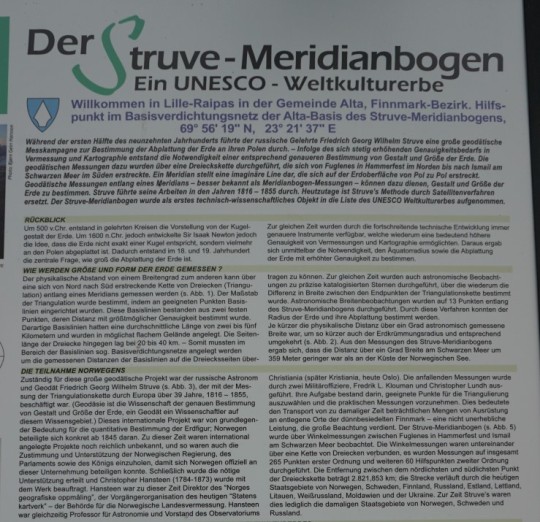
Meridianstein Paliepiukai (Litauen)
Meinen ersten Punkt finde ich südöstlich von Vilnius am Rande eines kleinen Dorfes. Er ist von der Hauptstraße aus gut ausgeschildert und ich kann auf einer Schotterpiste bis fast ran fahren. Ich bin jetzt bei 54° Nord angekommen, 3 Grad nörlicher als meine Heimat. Mich verwundert, dass er sich kaum über die Umgebung erhebt.




Messpunkt Meškonys (Litauen)
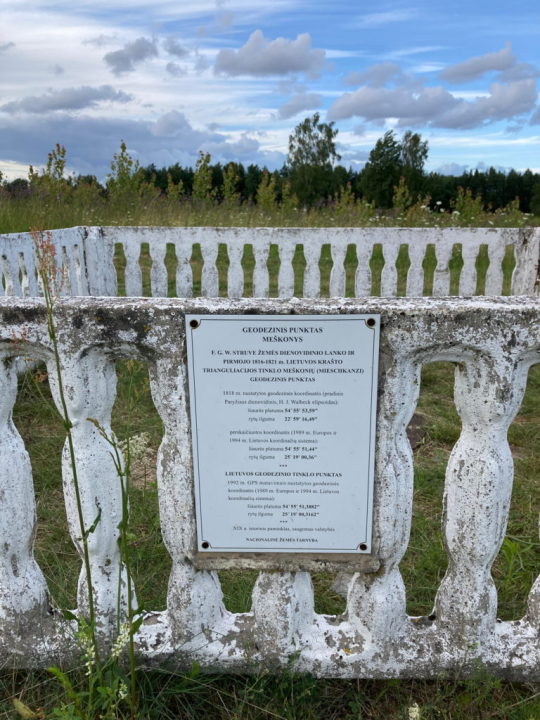
Auf meiner Weiterfahrt nach Norden bei fast 55° liegt der Messpunkt Meškonys gleich unmittelbar neben der Straße. Er ist genauso gestaltet wie der in Paliepiukai, liegt in der Abendsonne auf seinem Hügel malerisch in einem Blütenmeer.


In seiner Nachbarschaft befindet sich ein geografisches Highlight - der geografische Mittelpunkt Europas. Damit hatte ich gar nicht gerechnet, es war eine willkommene Überraschung am Wege und zugleich ein wunderbarer Ort zum Übernachten. Hier ist ein kleines Video.



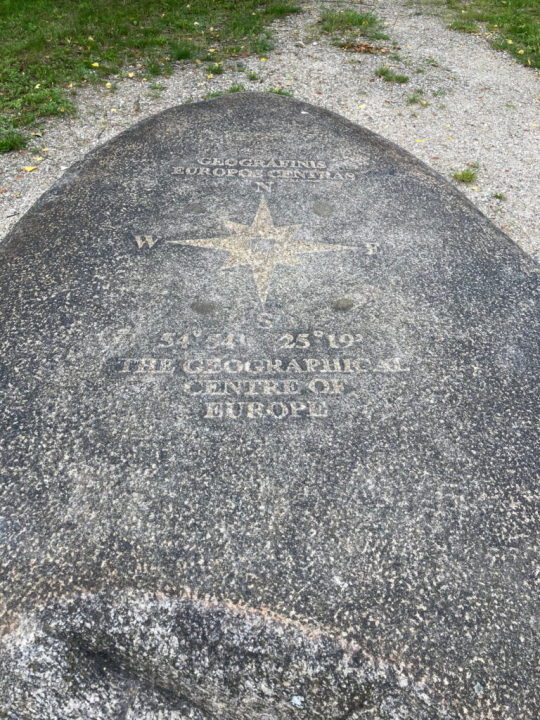

Meridianstein Gireišiai (Litauen)

Ich fahre am Morgen bei Sturm und spektakulärem Himmel durch kleine Dörfer. Auf den Masten neben der Straße, auf den Strohdächern und den Feldern sitzen und stehen Störche. Sie folgen den Erntemaschinen der Bauern.






Der Messpunkt Gireišiai ist besonders liebevoll gestaltet und eine Hommage an Europa. Ich gehe auf die Plattform, schaue ins Land und denke an Struves bahnbrechendes Projekt. Ich bin inzwischen bei fast 56° Nord angekommen. Die Gegend ist hier hügelig mit vielen Wäldern und Seen und winzig kleinen Dörfern mit bunten Holzhäusern, man könnte denken, man ist in Schweden oder Finnland.




Messpunkt Sestu-Kalns (Lettland)
Ich habe mir am Vortag Riga angeschaut und bin sehr zeitig gestartet. Der Weg durch ländliche und zunehmend fast unbewohnte Gegend will kaum enden und wird immer schmaler. Am Zugang zum Messpunkt muss ich fast im Straßengraben parken und schlage mich durch hohe Stauden und Gebüsch. Man könnte fast meinen, seit Struve sei hier keiner mehr gewesen. Mitten im Wald auf einem Hügel und fast zugewachsen finde ich dann die gesuchte Säule. Aber immerhin bin ich nun bei fast 57° Nord angekommen.
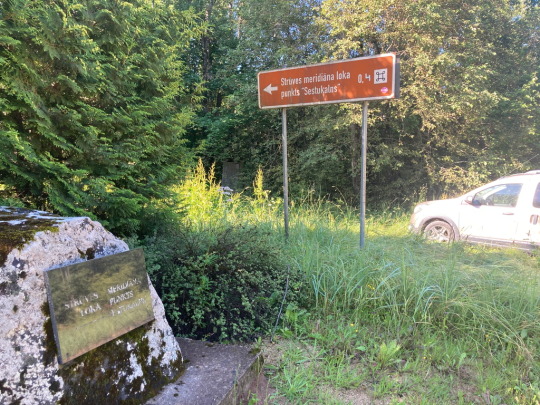

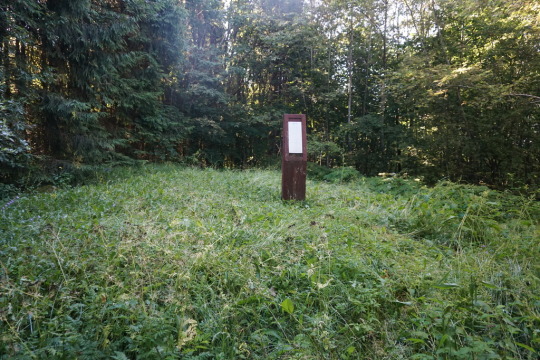
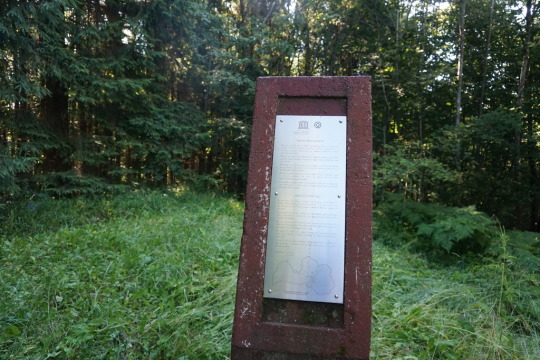
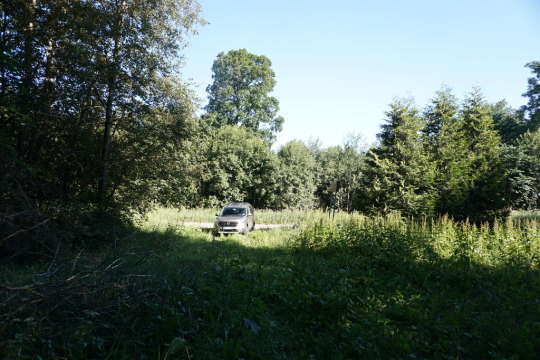
Observatorium Dorpat/ heute Tartu (Estland)

Wenn in Lettland schon viel Wald winzige Dörfer, ein paar Felder und viele Störche waren, dann gibt es in Estland noch mehr Wald.
Die Grenze ist an einer Straßenkreuzung mitten in einem kleinen Ort. Ich biege auf die Hauptstraße, und schon bin ich in Estland, Licht an 50 und 90 fahren, das wars. Aber sogar vor mobilen Blitzern werden extra Warnschilder aufgestellt. Der Ort würdigt es mit einem Plakat. Die Konsonanten häufen sich, ich nähere mich Finnland. Ein Ort heißt Killinge und der Radiosender Kuku.
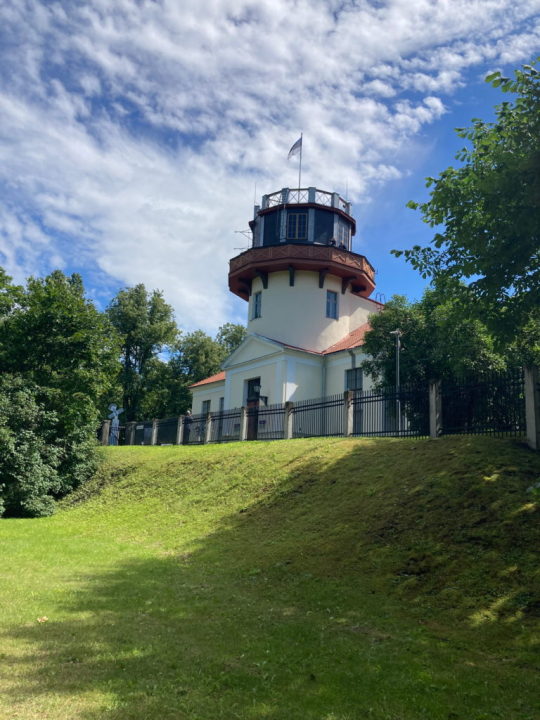
In Tartu fahre ich eine Ehrenrunde um das Observatorium, bevor ich durch einen Bürokomplex in historischen Gebäuden die Zufahrt finde.
Die Sternwarte ist selbst eine ausgezeichnete historische astronomische Forschungseinrichtung. Sie wurde 1811 an der deutschen Universität Dorpat errichtet und war die Wirkungsstätte bedeutender Astronomen. Ihre Ausstattung war von Anfang an hervorragend, beginnend mit einem Spiegelteleskop aus der Fertigung von Wilhelm Herschel wurde Dorpat international bekannt durch den von Josef Fraunhofer konzipierten großen Refraktor – das erste farbenreine Fernrohr mit einem Objektiv von fast 25 cm Öffnung, das hier 1824 in Betrieb genommen wurde. Bis 1900 wurde es von deutschen Direktoren geleitet, darunter von Friedrich Wilhelm Struve und seinem Sohn Otto Wilhelm Struve sowie von dem durch seine Mondatlanten bekannten Johann Heinrich Mädler.
Ich besuche das wirklich sehenswerte Museum in den Räumen des Observatoriums und kann die großen Fernrohre bestaunen.
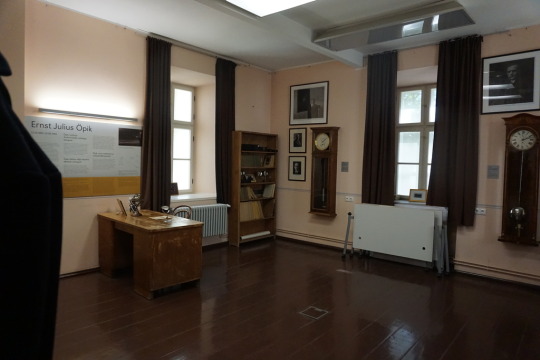
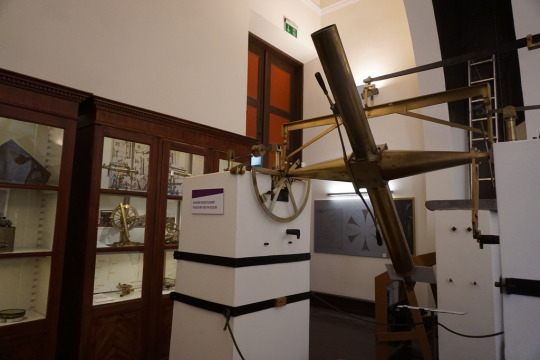
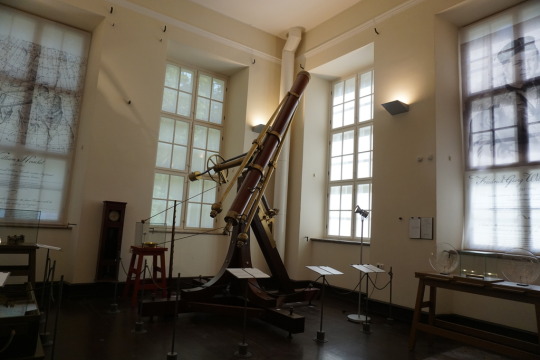
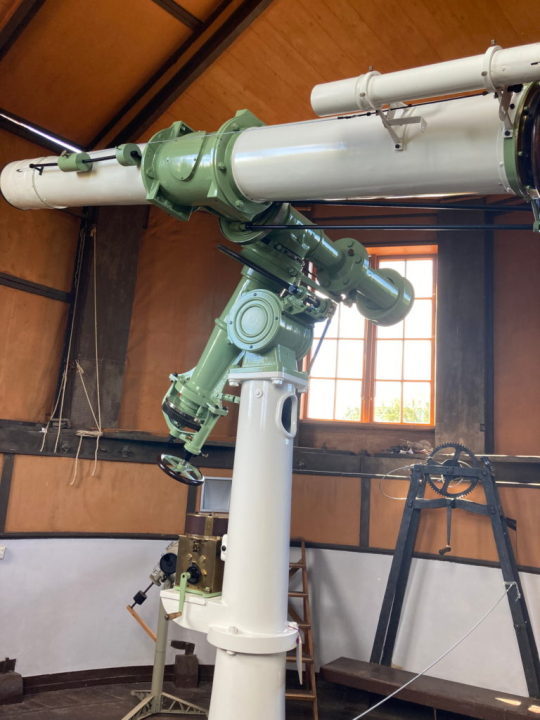
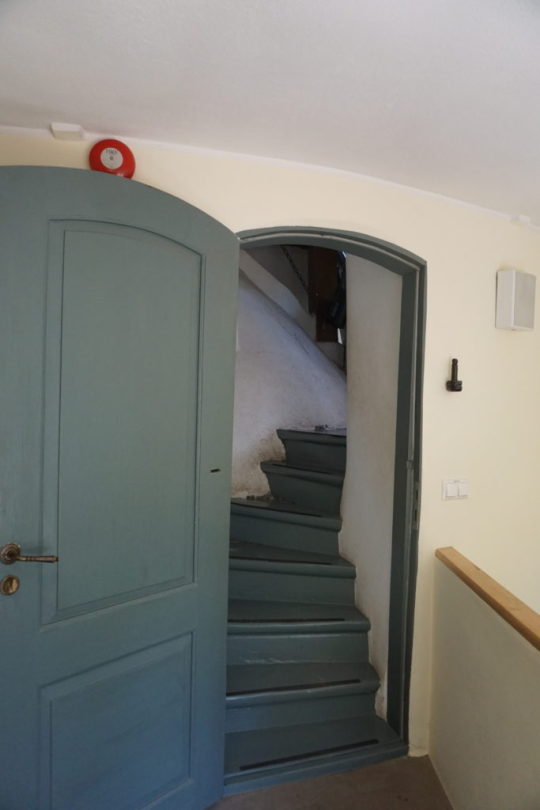
Struve hat hier seine Meridianvermessung geplant. Oben auf dem Dach der Sternwarte sind verschiedene Richtungen des Meridians aufgezeigt, seine Zeichnungen und Berechnungen zu sehen. Im Garten gibt es weitere Erläuterungstafeln zur Geschichte und den Direktoren.
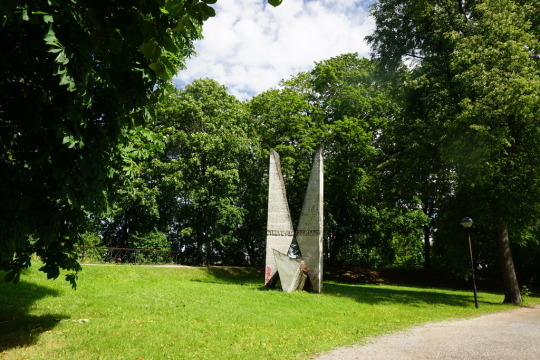
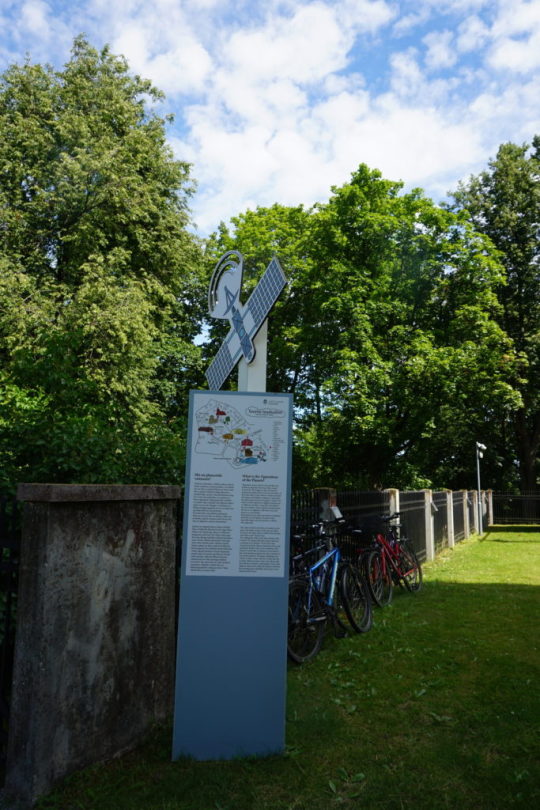
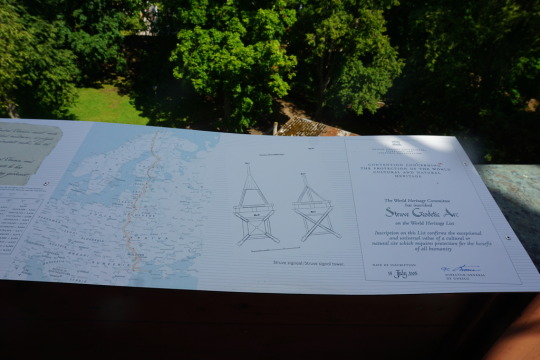
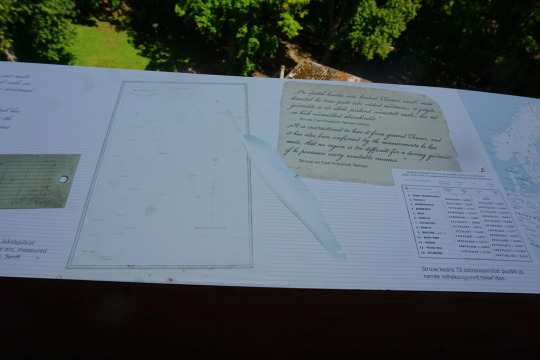
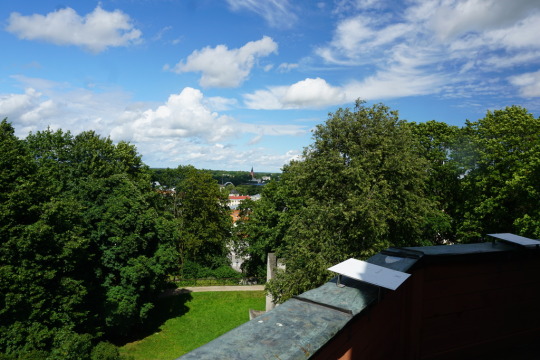
Read the full article
#Baltikum#Dacia-Dokker#Dobby#Finnland#Leichtbau#Minicamper#Reiseziele#Roadtrip#Rundfahrt#selbstorganisiert#Struve#UNESCO-Welterbe#Urlaubplanen#Welterbetour
0 notes
Text

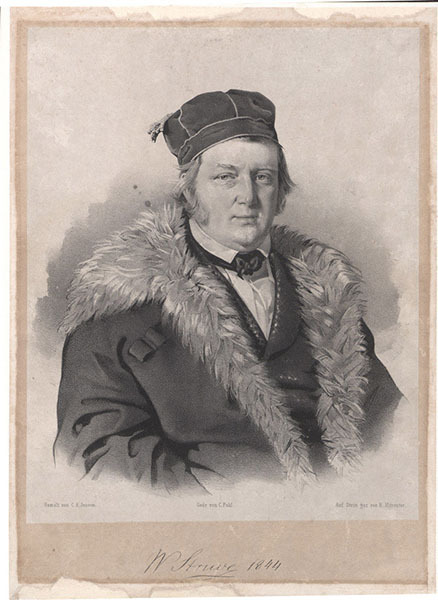

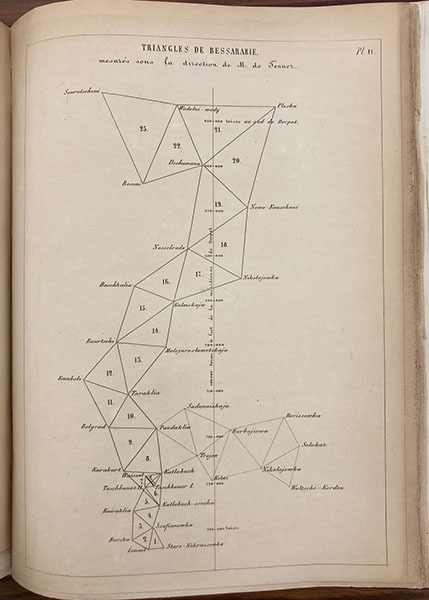


Friedrich G.W. von Struve
Friedrich Georg Wilhelm von Struve, a German/Danish/Russian astronomer, was born Apr. 15, 1793.
read more...
#F.G. W. von Struve#astronomy#geodesy#histsci#histSTM#19th century#history of science#Ashworth#Scientist of the Day
11 notes
·
View notes
Text
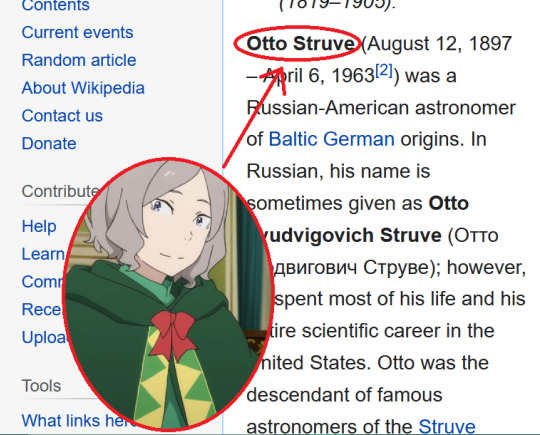
#re:zero#its not impossible this is where his name came from actually. i read it and there was another guy named wilhelm von struve... wilhelm von.#maybe just a crazy coincidence but its like a famous astronomer family which fits in w r:z lol
23 notes
·
View notes
Text
not saying everyone has to agree with my philosophy or art but when people dont understand what im trying to say i immediately fling myself into a burn pile. which is funny because i also believe we are constantly trying to understand each other because no one speaks the same language
#this is about a coworker not understanding the point im trying to make about struving for something you dont understand#striving i mean#i think a mayfly has a rich internal life#i think a fish wants something from its life#i think birds and apes and cats and caterpillars#i think we all have goals and desires and make our own arts
1 note
·
View note
Text
Eurovision Chat Over Coffee, With Dansk Melodi Grand Prix's Erik Struve Hansen
Eurovision Chat Over Coffee, With Dansk Melodi Grand Prix's Erik Struve Hansen
Once the holidays are over, the Eurovision Song Contest National Finals step up a gear. One of those will be Dansk Melodi Grand Prix, DR's selection show for Denmark's entry to Malmö 2024. Ewan Spence sat down with Erik Struve Hansen to talk about his love of Eurovision, the need to change Melodi Grand Prix, and the changing face of music at the Song Contest.

View On WordPress
#dmgp#dr#Erik Struve Hansen#esc#eurovision#eurovision interview#eurovision podcast#eurovision song contest#melodi grand prix
1 note
·
View note
Text
In the 1950s, future Green Bank pioneer Otto Struve suggested that such a planetary-induced wobble could be detected using the Doppler Effect.
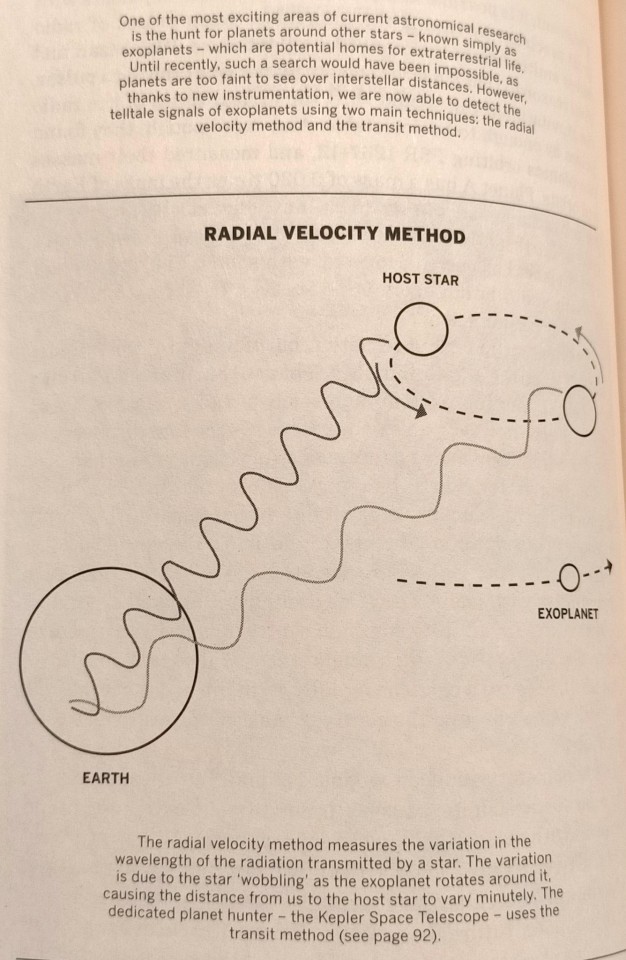
"Human Universe" - Professor Brian Cox and Andrew Cohen
#book quotes#human universe#brian cox#andrew cohen#nonfiction#wobble#planets#50s#1950s#20th century#green bank#otto struve#doppler effect#measurements
0 notes
Text


TOPPS 2012 UFC BLOODLINES
STEFAN STRUVE #FAR-SS 22/285 FIGHTER AUTOGRAPH RELIC CARD
0 notes
Text
anyways so i had like this big wave of writing come to me and i wrote a good hundred words or so and then picked up my switch for the furst tuke in yonks and now ik trying to finish pokemon sword so i can get my hands on and start scatket or violet asap 😐
#ie as soon as i got writing juice i went and pkayed pokemon and i dont know WHY#kat talks#like i was happy bc i was finally writing#and then i was all !!! yay !! and then omg why dont i pkay pokemon too!!!#and now its not 'play pokemon too' its 'play pokemon instead' ARABSJSKXMSMD#anyways now that ive encountered a milotic#i will struve to catch ome#i want one sO BAD
0 notes
Text
Take a concrete example. Can a Great-Russian Marxist accept the slogan of national, Great-Russian, culture? No, he cannot. Anyone who does that should stand in the ranks of the nationalists, not of the Marxists. Our task is to fight the dominant, Black-Hundred and bourgeois national culture of the Great Russians, and to develop, exclusively in the internationalist spirit and in the closest alliance with the workers of other countries, the rudiments also existing in the history of our democratic and working-class movement. Fight your own Great-Russian landlords and bourgeoisie, fight their ‘culture’ in the name of internationalism, and, in so fighting, ‘adapt’ yourself to the special features of the Purishkeviches and Struves – that is your task, not preaching or tolerating the Slogan of national culture.
The same applies to the most oppressed and persecuted nation – the Jews. Jewish national culture is the slogan of the rabbis and the bourgeoisie, the slogan of our enemies. But there are other elements in Jewish culture and in Jewish history as a whole. Of the ten and a half million Jews in the world, somewhat over a half live in Galicia and Russia, backward and semi-barbarous countries, where the Jews are forcibly kept in the status of a caste. The other half lives in the civilised world, and there the Jews do not live as a segregated caste. There the great world-progressive features of Jewish culture stand clearly revealed: its internationalism, its identification with the advanced movements of the epoch (the percentage of Jews in the democratic and proletarian movements is everywhere higher than the percentage of Jews among the population).
Whoever, directly or indirectly, puts forward the slogan of Jewish ‘national culture’ is (whatever his good intentions may be) an enemy of the proletariat, a supporter of all that is outmoded and connected with caste among the Jewish people; he is an accomplice of the rabbis and the bourgeoisie. On the other hand, those Jewish Marxists who mingle with the Russian, Lithuanian, Ukrainian and other workers in international Marxist organisations, and make their contribution (both in Russian and in Yiddish) towards creating the international culture of the working-class movement – those Jews, despite the separatism of the Bund, uphold the best traditions of Jewry by fighting the slogan of ‘national culture’.
Bourgeois nationalism and proletarian internationalism – these are the two irreconcilably hostile slogans that correspond to the two great class camps throughout the capitalist world, and express the two policies (nay, the two world outlooks) in the national question. In advocating the slogan of national culture and building up on it an entire plan and practical programme of what they call ‘cultural-national autonomy’, the Bundists are in effect instruments of bourgeois nationalism among the workers.
Lenin, V. I., Critical Remarks on the National Question (1913)
95 notes
·
View notes
Text
I couldn’t make it thru the card last night. Just too long of a day so thoughts on Rodriguez vs Ortega and Moreno-Royval here after watching this morning.
Rodriguez-Ortega
Lol. 3rd round Ortega is back. Rodriguez gasses himself swinging hard for the finish in the first and spends the rest of the fight being pressured backwards. Gets taken down and beat up there before getting arm triangled. Always thought of Rodriguez as having good cardio, but that’s only when he’s striking. He can throw spinning crap for 25 minutes. Make him wrestle off the bottom though and he seems to fade. And hard. Ortega showing the injuries and long layoffs not really having an effect on him. That said he seems to be back at just hard pressuring opponents until they crack cause he ate everything Yair threw at him. Curious if they just give Ortega another title fight but I think the UFC will just give it to Volk.
Moreno-Royval
First off, no idea how Royval won. Well, no. I know how he won. Judges reward going forward, even when you’re getting clipped. And while I don’t think Royval did enough to win, Moreno fought the worst fight he’s fought tactically and technically since like Sergio Pettis. Just incredibly wasteful circling for the first 3 rounds where he’s just moving along the cage. Firing from way outside and leaning into some real ugly punches. Basically neutered his left hook and cut all his combos down to like 2 strikes. His right hand was like he was fighting stefan Struve with the way he was arcing it. Instead of pushing a tempo, he was content allowing Royval to dictate pace and when exchanges would happen. I don’t think Royval did a particularly good job of it but he scored enough that 2 judges picked him to win. Bizarre fight for Moreno. Not sure who he trained with for this, but he should probably go elsewhere. Amir Albazi has to be kicking himself in the ass cause that’s a version of Moreno he could really beat.
4 notes
·
View notes
Text

Cecilia Payne by Katherine Krizek
“There is no joy greater than that of coming upon a fact that cannot be understood in terms of currently accepted ideas”
Cecilia Payne was an English astronomer who discovered what the universe was made of. After attending Cambridge University, she left to pursue an advanced degree in the United States in part because Cambridge did not offer one to women. She was the first person ever to be awarded a PhD in astronomy from Radcliffe College with a thesis in which she described what the stars are made of. In 1960, the distinguished astronomer Otto Struve referred to this work as “the most brilliant Ph.D. thesis ever written in astronomy”.
Cecilia became the first full Professor and the first female chair in astronomy at Harvard. She was awarded the prestigious Henry Norris Russell Prize by the American Astronomical Society in 1977, an award that had never before been available to women.
Born 1900, United Kingdom; Died 1979, USA
#cecilia payne#art#artwork#Katherine krizek#female portrait#herstory#astronomy#women in science#women in history#female scientists#female artists#women in stem#space#science#irl women/girls
8 notes
·
View notes
Text
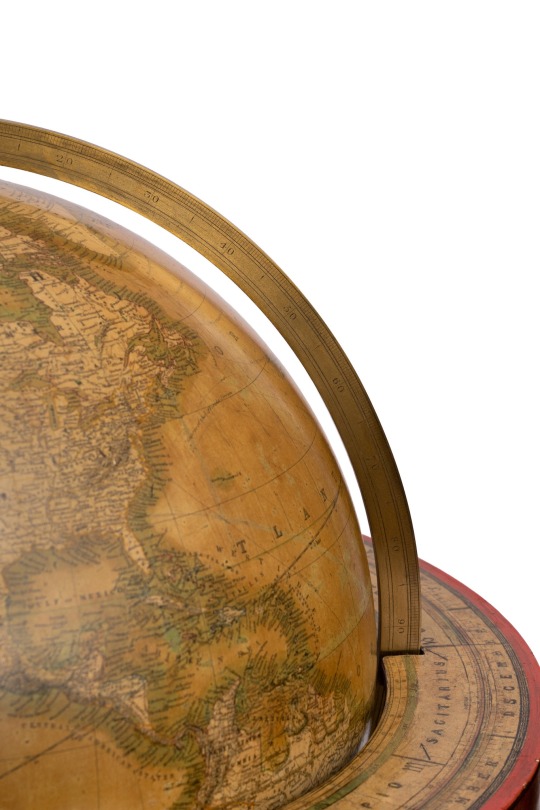

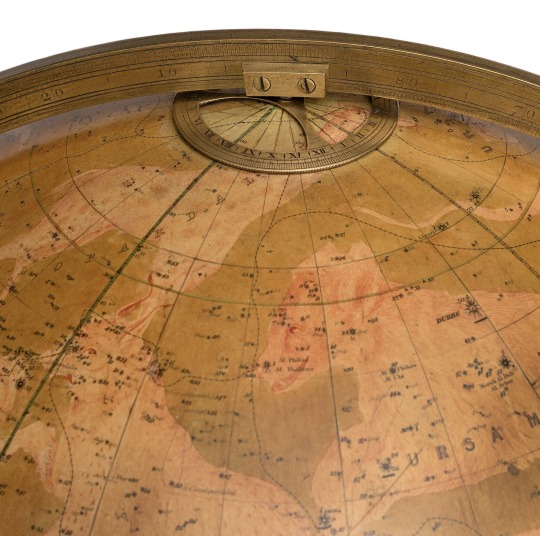
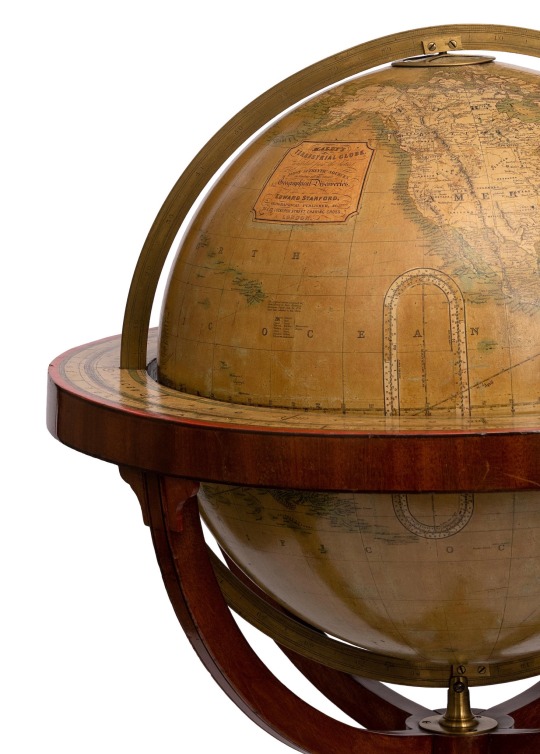
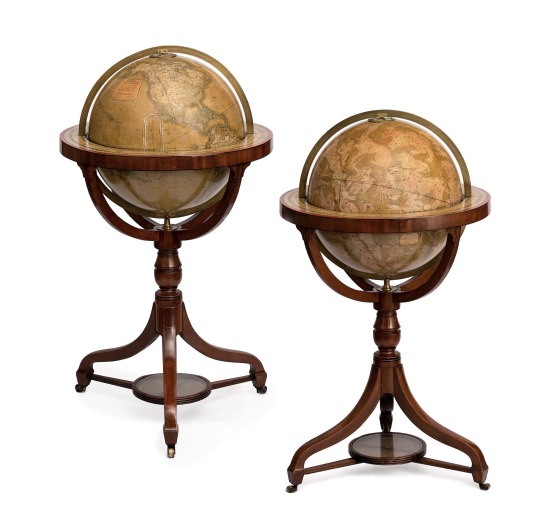
A pair of 18-inch Malby's terrestrial and celestial globes, English, third quarter 19th century
The terrestrial globe with printed cartouche 'MALBY'S TERRESTRIAL GLOBE Compiled from the latest & MOST AUTHENTIC SOURCES including all the recent Georgraphical Discoveries, EDWARD STANFORD, GEORGRAPHICAL PUBLISHER & Co., 26&27 COCKSPUR STREET, CHARING CROSS, LONDON', the celestial globe with printed cartouche 'MALBY'S CELESTIAL GLOBE Exhibiting the whole of the Stars, CONTAINED IN THE CATALOGUE OF PIAZZL BRADLEY HEVELIUS MAYER LA CAILLE S.JOHNSON the Double Stars from Sir W.Herschell & Struve. EDWARD STANFORD, GEOGRAPHICAL PUBLISHER, &c., 26&27, COCKSPUR STREET, CHARING CROSS, LONDON.', both spheres mounted in brass meridian within horizon ring applied with printed zodiac and calendar scales, the mahogany tripod stand with baluster-turned support on splayed legs with stretcher and circular magnetic compass, on casters.
Bonhams
9 notes
·
View notes
Photo


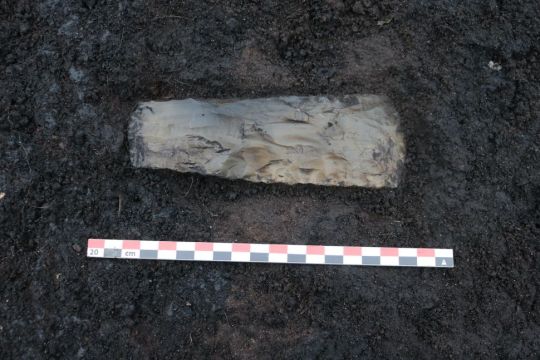




5,000-year-old 'bog body' found in Denmark may be a human sacrifice victim
The bones of a possible ancient human sacrifice victim have been found in a bog in Denmark.
Archaeologists have discovered the ancient skeletal remains of a so-called bog body in Denmark near the remnants of a flint ax and animal bones, clues that suggest this person was ritually sacrificed more than 5,000 years ago.
Little is known so far about the supposed victim, including the person's sex and age at the time of death. But the researchers think the body was deliberately placed in the bog during the Neolithic, or New Stone Age.
"That's the early phase of the Danish Neolithic," said excavation leader Emil Struve (opens in new tab), an archaeologist and curator at the ROMU museums in Roskilde. "We know that traditions of human sacrifices date back that far — we have other examples of it."
Dozens of so-called bog bodies have been found throughout northwestern Europe — particularly in Denmark, Germany, the Netherlands and Britain, where human sacrifices in bogs seem to have persisted for several thousand years.
"In our area here, we have several different bog bodies," Struve told Live Science. "It's an ongoing tradition that goes back all the way to the Neolithic."
Ancient bones
The ROMU archaeological team found the latest set of bones in October ahead of the construction of a housing development. The site, which has now been drained, had been a bog near the town of Stenløse, on the large island of Zealand and just northwest of the Danish capital Copenhagen. Danish law requires archaeologists to examine all land that's to be built on, and the first bones of the Stenløse bog body were found during a test excavation at the site, Struve said.
The archaeologists will now fully excavate the site in the spring, when the ground has thawed after winter. But the initial excavations have revealed leg bones, a pelvis and part of a lower jaw with some teeth still attached. The other parts of the body lay outside a protective layer of peat in the bog and were not preserved, he noted.
Struve hopes that the sex of the body can be determined based on the pelvis and that wear on the teeth may indicate the individual's age. In addition, the teeth could be sources of ancient DNA, which might reveal even more about the person's identity, he said.
Bog bodies
Struve said the flint ax-head found near the body was not polished after it was made and may have never been used, and so it seems likely that this, too, was a deliberate offering.
The oldest bog body in the world, known as Koelbjerg Man, was found in Denmark in the 1940s and may date to 10,000 years ago, while others date to the Iron Age in the region from about 2,500 years ago. One of the most famous and best preserved bog bodies is Tollund Man, who was found on Denmark's Jutland Peninsula in 1950 and is thought to have been sacrificed in about 400 B.C.
A few of the bog bodies seem to have been accident victims who drowned after they fell in the water, but archaeologists think most were killed deliberately, perhaps as human sacrifices at times of famines or other disasters.
#5000-year-old 'bog body' found in Denmark#human sacrifice#skeleton#bones#body#grave#tomb#archeology#archeolgst#ancient artifacts#history#history news#ancient history#ancient culture#ancient civilizations#new stone age#neolithic#danish neolithic
14 notes
·
View notes
Text
Before we can unite, and in order that we may unite, we must first of all draw firm and definite lines of demarcation. Otherwise, our unity will be purely fictitious, it will conceal the prevailing confusion and binder its radical elimination. It is understandable, therefore, that we do not intend to make our publication a mere storehouse of various views. On the contrary, we shall conduct it in the spirit of a strictly defined tendency. This tendency can be expressed by the word Marxism, and there is hardly need to add that we stand for the consistent development of the ideas of Marx and Engels and emphatically reject the equivocating, vague, and opportunist “corrections” for which Eduard Bernstein, P. Struve, and many others have set the fashion. But although we shall discuss all questions from our own definite point of view, we shall give space in our columns to polemics between comrades. Open polemics, conducted in full view of all Russian Social-Democrats and class-conscious workers, are necessary and desirable in order to clarify the depth of existing differences, in order to afford discussion of disputed questions from all angles, in order to combat the extremes into which representatives, not only of various views, but even of various localities, or various “specialities” of the revolutionary movement, inevitably fall. Indeed, as noted above, we regard one of the drawbacks of the present-day movement to be the absence of open polemics between avowedly differing views, the effort to conceal differences on fundamental questions.
Declaration of the Editorial Board of Iskra, Lenin
3 notes
·
View notes
Text
From Facebook 5/30/23
Star Lady
“Young people, especially young women, often ask me for advice. Here it is. Do not undertake a scientific career in quest of fame or money. There are easier and better ways to reach them. Undertake it only if nothing else will satisfy you. Cecilia Payne
1925 – Harvard Observatory – Cambridge, Massachusetts: Most people know that Isaac Newton discovered gravity, Charles Darwin his theory of evolution and Albert Einstein the relativity of time. But almost 100 years since her discovery of the composition of the stars, few know the name Cecilia Payne. Her road to the stars had plenty of twists and turns.
Raised by a single mother in the small town of Wendover, England, Cecilia graduated high school in 1919. There was no money to attend college, so she worked hard to earn a scholarship to Cambridge University. Cecilia wanted to study science but was unsure which field until she participated in a lecture about the 1919 total solar eclipse – the longest eclipse in 500 years. Astronomy and astrophysics became her love.
In 1923, women were not welcome in the world of science. When Cecilia completed her degree in astronomy, Cambridge refused to award her a degree. It would be 25 years before Cambridge awarded degrees to women. After realizing there would be no opportunity for graduate work, Cecilia left England for Harvard University in America – one of the only academic institutes that accepted women in physics.
Cecilia received a graduate fellowship to study at the Harvard Observatory. At the time, astronomers believed that the earth and the sun consisted of the same chemical elements.
Cecilia’s doctoral thesis, Stellar Atmospheres, used the new science of quantum physics to determine if this hypothesis was true
Cecilia could study the color spectrums of several hundred thousand stars archived in the observatory by attaching a spectroscope to a telescope. She demonstrated how to decode complicated starlight spectra to determine the chemical elements in the stars. For the first time, Cecilia discovered that the sun and stars consisted primarily of hydrogen and helium. At the same time, the earth was known to consist of more than 100 elements.
Cecilia’s astronomy advisor, Harlow Shapely, was so excited about her discovery that he sent a copy of her thesis to the distinguished Princeton University astronomer, Dr. Henry Norris Russell. Russell responded, “This is clearly impossible. It contradicts prevailing wisdom.”
In 1925, 25-year-old Cecilia Payne became the first person to earn a Ph.D. in astronomy from Radcliffe College because Harvard did not grant doctoral degrees to women. She inserted a disclaimer in her thesis to protect her career: “The calculated abundances of hydrogen and helium were almost certainly not real.” Russell published Cecilia’s discovery four years later and took the credit for himself.
After completing her doctoral work, Cecilia remained at Harvard and worked for Shapely. Although she did the same job as other professors, her title and salary were that of a technical assistant. There were no female professor positions. Cecilia and her team made more than three million observations of stars’ light spectrums helping scientists and astronomers to better understand the origins of the universe. Much of her work was done with Russian astronomer Sergei Gaposchkin, whom she married in 1934.
In 1956, more than 30 years after her landmark discovery, and despite the grumbling of some professors, 56-year-old Dr. Cecilia Payne became the first woman promoted to full professor at Harvard. She also became the first woman to chair the astronomy department. Cecilia retired from teaching at Harvard a decade later. Despite retirement, she continued her research as a member of the Smithsonian Astrophysical Observatory.
In 1976, in a touch of irony, Cecilia Payne received the Henry Norris Russell Prize presented by the America Astronomical Society. Distinguished astronomer, Otto Struve, referred to her doctoral work as “the most brilliant Ph.D. thesis ever written in astronomy.”
She died three years later. Her obituary reads in part, “Cecilia Helena Payne-Gaposchkin, a pioneering astrophysicist and probably the most eminent woman astronomer of all time, died in Cambridge, Massachusetts, on December 7, 1979.”
Cecilia blazed a trail for women at Harvard and beyond, inspiring several generations of women to study science and astronomy. In 2008, in recognition of her pioneering work in understanding the composition of the stars and the universe, the Institute of Physics established the Cecilia Payne-Gaposchkin Medal and Prize.

6 notes
·
View notes
